How Modular Living Has Changed Style and Design in NYC
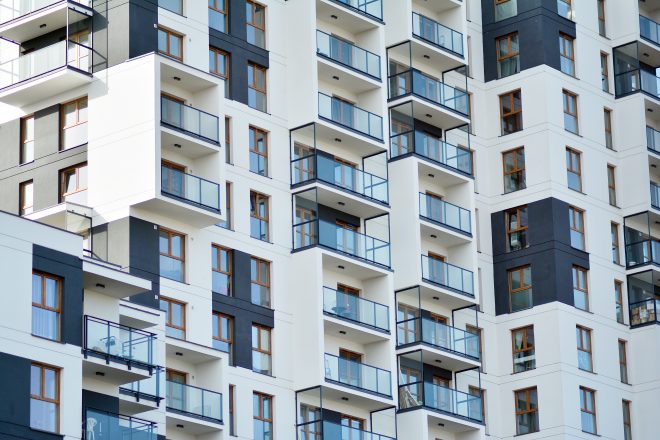
Modular housing has been around for decades, and is a steady source of great debate. While certain elements of modular architecture are considered cost efficient, others are seen as wasteful, repetitive, or drab. It’s not only through modular housing that the style’s influence is known. Modular furniture is growing in popularity; built with the same convenience and efficacy in mind. Regardless of your own opinions, there is truly no denying that modular living has influenced interior (and exterior) design in NYC.
But why?
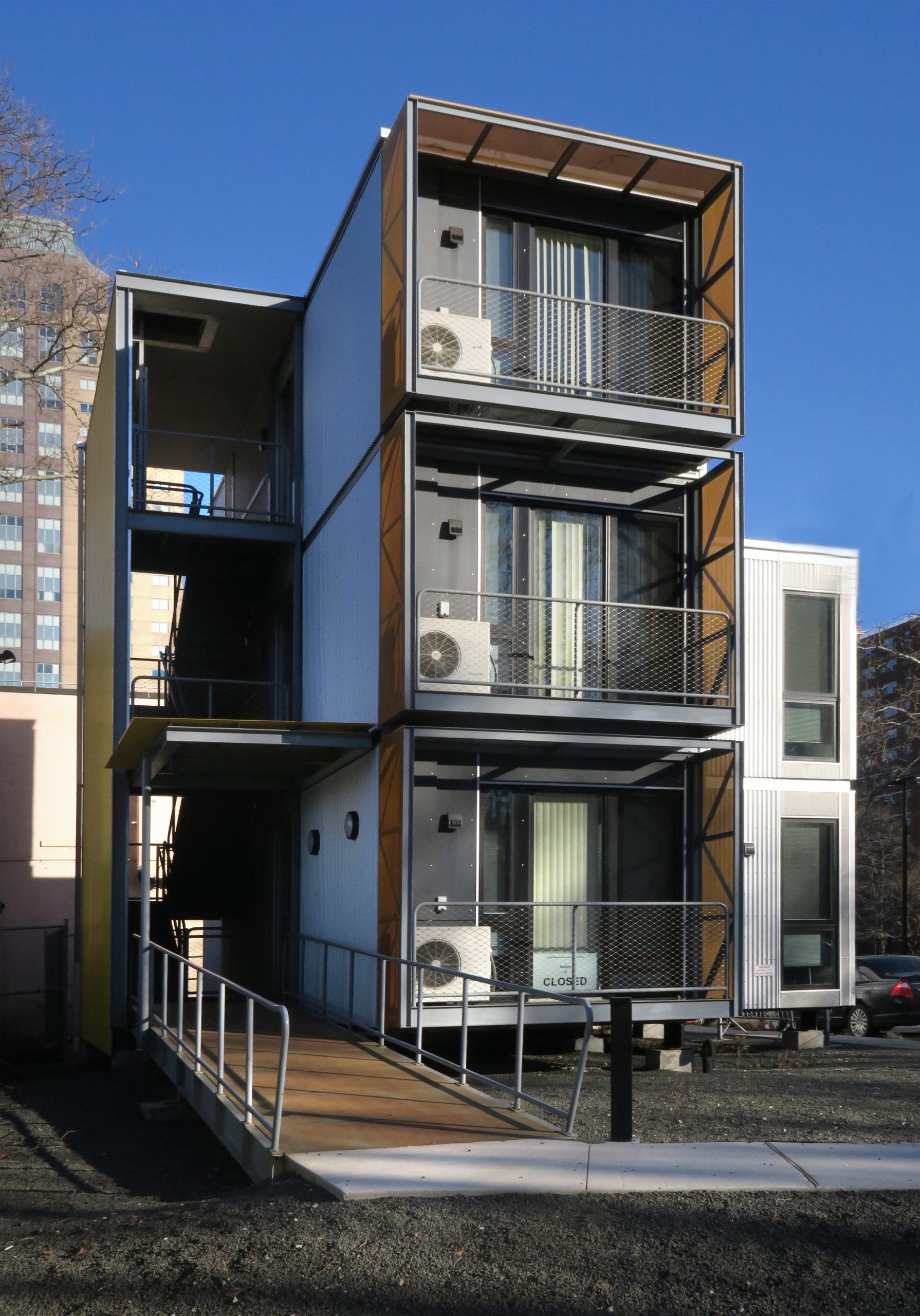
What is Modular Housing?
Modular Living has a few key elements that set it apart from the rest. The most important distinction is what truly defines it. Every modular home or apartment unit is wholly factory-made. Unlike your typical living quarters, your modular house is transported to you—- nearly ready to inhabit. A modular home has the capacity for customization. They can be built to your liking, or that of an individual building’s design. They are made to follow the codes of the complex they’ll be attached to.
Also referred to as “prefab” design, modular living has been around since the early 1940s. It fell from relevance for quite a few decades before emerging once more in the modern day. It was most popular in the late 1940s/early 1950s—when the baby boomers needed cheap houses to grow in and later inherit. In the 80s and 90s, their fame in the world of interior design was a rapidly dying light.
Today, with the rampant housing crisis at hand, modular living is more and more of an efficient solution; a means to an end.
The entire space is assembled in factories that specialize in their production. The crucial part of this construction is the use of a lightweight steel beam, which holds the entire structure in rigid form. Their prefabricated production makes them somewhat uniform in structure, and there are usually not a lot of pipes or wiring visible in the home. The spaces are considerably viable and tough, with notable longevity! ‘Prefab’ structures have been used for both hospitals and elementary schools, as well as residentially.
The Difference Between Modular and Manufactured Homes
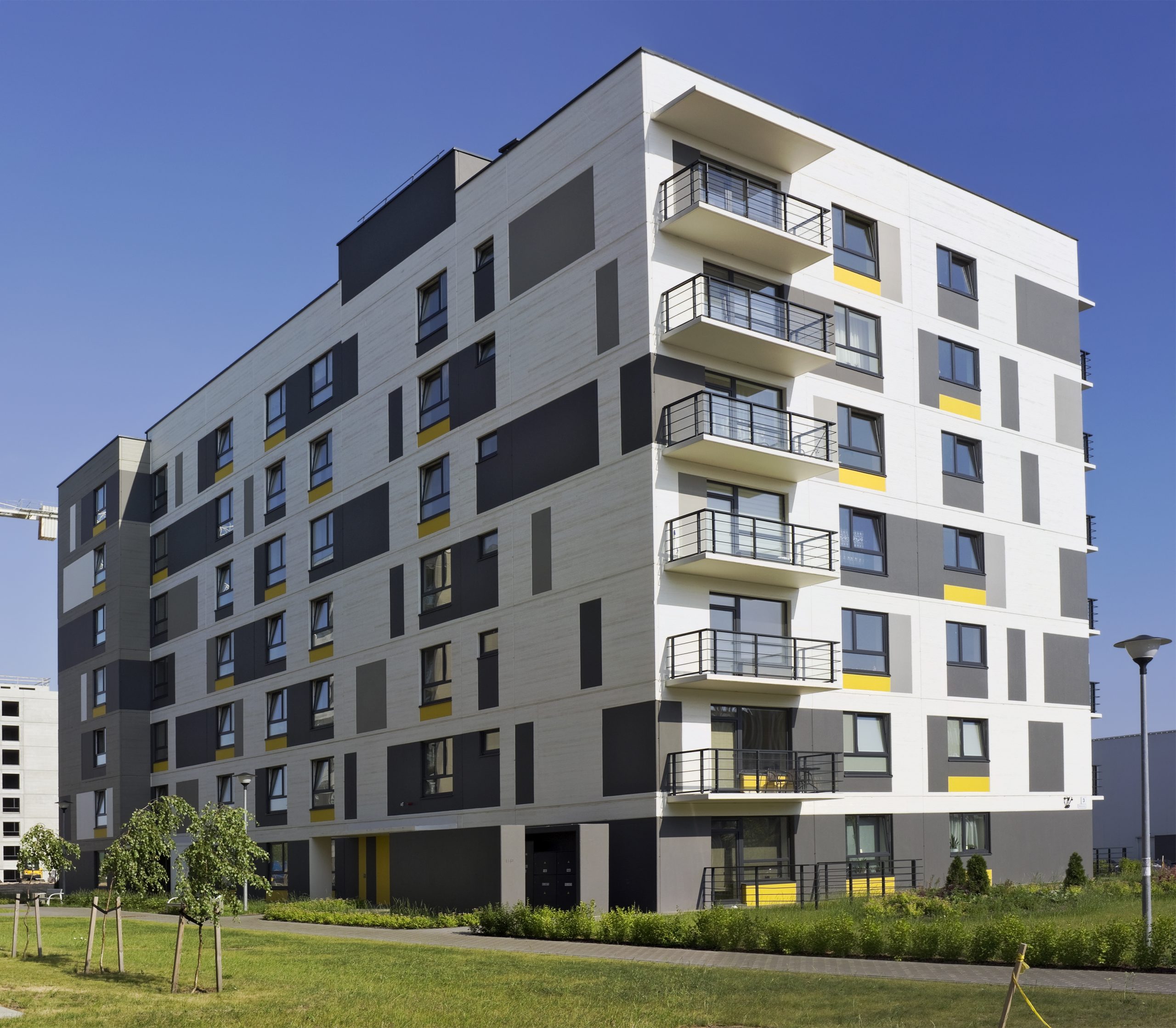
It’s easy to mix up modular vs manufactured homes. The two share many properties, beyond simply sounding similar when said aloud.
Modular homes are built using the same building and zoning codes of the area they’re intended for. A key difference between the two is that manufactured homes are not built with permanence in mind. Modular homes are built with a traditional, lasting foundation. Manufactured homes can, and are often, moved.
Manufactured homes are delivered in one piece, while modular homes are delivered in different sections and completed fully on site.
The Difference Between Modular and Stick-Built Homes
Modular homes are often confused for stick-built homes, which are a different form of ‘factory-built’ housing. Stick-built homes are constructed on site, while modular homes are partially or wholly built in a special factory location. However, unlike manufactured or mobile homes, both modular and stick-built homes are built on permanent foundations.
Will a Bank or Mortgage Lender Finance a Home?
Because Modular homes adhere to building codes in the area, banks and mortgage companies will help finance your new home. The key reason behind this, however, is simply that they’re built on a permanent foundation. Once constructed, these houses/apartments are treated exactly as any other building would be.
A lot of this comes down to the nuances between ‘personal’ and ‘real’ property. Personal property has the capacity to move. ‘Real’ property is stagnant. Manufactured homes cannot be financed through mortgage lenders, as such property has the potential to relocate.
The Benefits of Modular Living
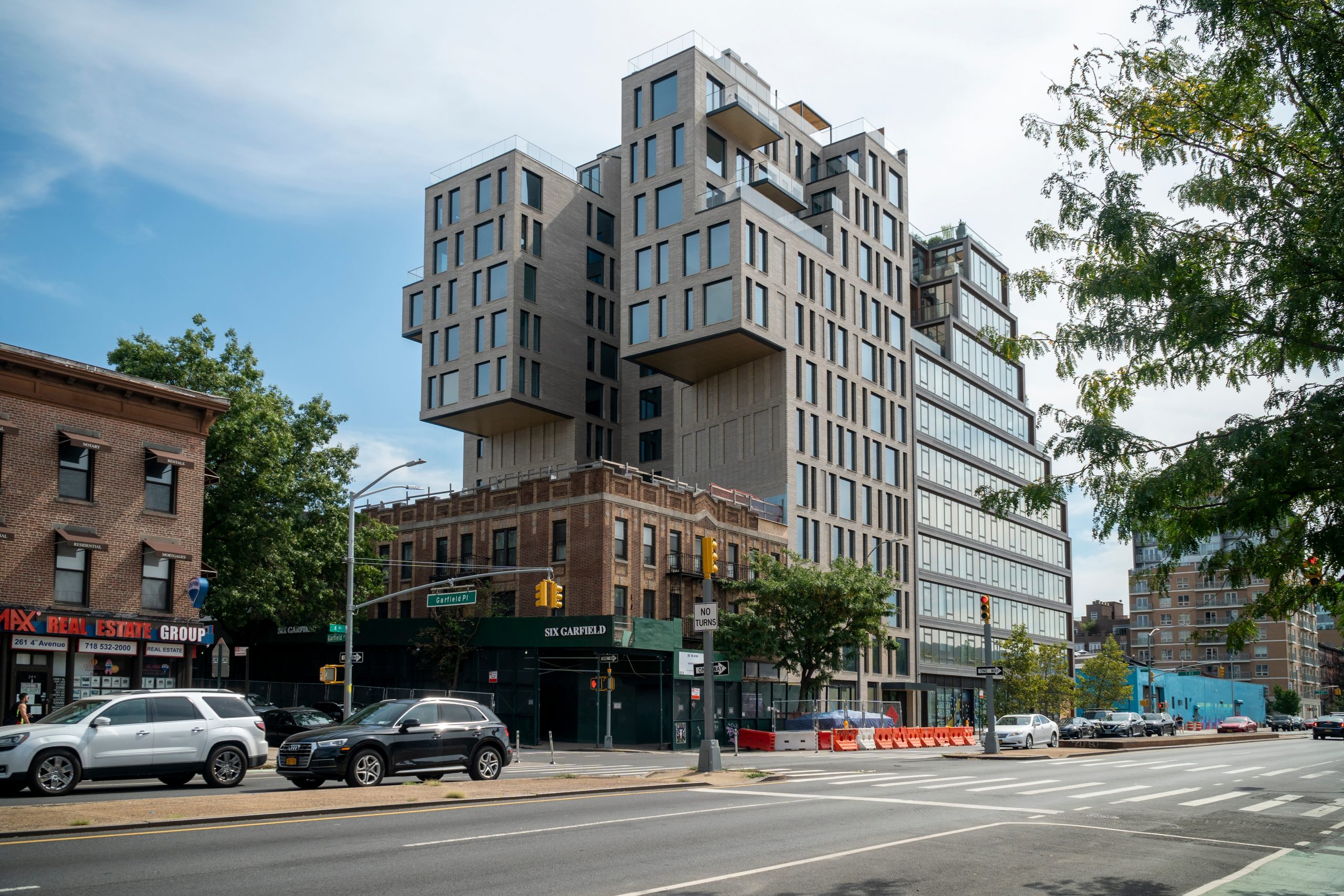
Choosing a modular home comes with a unique set of benefits. Some of the following may persuade a potential renter/buyer/plot owner into committing.
Considerably Shorter Building Time
Modular homes are constructed in a significantly shorter time frame than that of any other home. According to the FantasticHandyman blog, they’re 50-60% quicker to produce than other housing options.
The process typically takes between three to seven months, depending on the size, intended locations, and any customizations. While the lot is prepared for construction, your home or apartment unit is already being built off-site.
They’re Cost-Efficient
Modular homes are known for their cost-efficient properties. The average price of a modular home in New York State is eighty to one hundred dollars per square foot. In NYC, these prices do increase. However, they still retain a reputation for being more cost effective than other buying options.
In neighborhoods with traditional homes; modular production provides even more bang for your buck. Since modular homes are relatively pre-fabricated, there is no need to employ and consult an architect–saving you from that additional fee.
You also won’t need to pay laborers to work on site; the construction of the house is factory-handled.
They’re Quality Built
With their pre-designed qualities–modular homes are built in a repetitive and fine-tuned manner. All elements of the homes are built up to company standards, with quality codes in place. The materials used are regulated–chosen with the intent to last.
There’s an Eco-Friendly Element
Part of how modular living has changed design in New York City is how it’s constructed. Using a factory to build most of the unit’s components and transferring it to the site later on has many benefits. Production of each module is less environmentally-destructive, time consuming, and wasteful.
The Cons of Modular Living
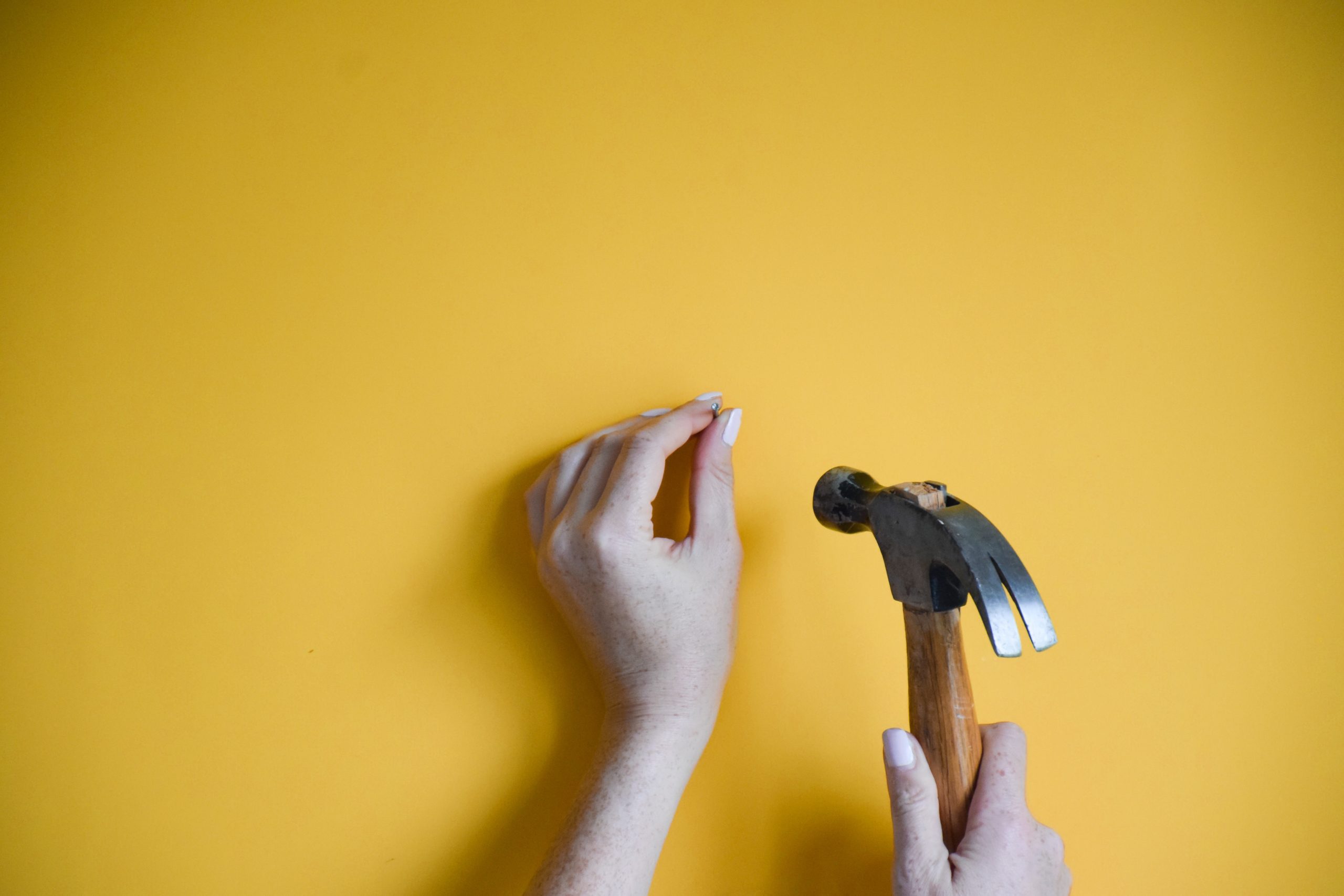
There is no positively perfect housing option. Everything comes with hidden fees, pitfalls, and potential cons. Modular living is no exception. Complete disclosure is key.
Difficult or Expensive Maintenance and Repair
Because of its unique construction, modular homes or units come with their own set of complications. With typical masonry walls, you can add shelving or cabinets with relative ease. In modular homes, their prefabricated construction makes suitable walls for such additions sparse within the home.
Some choose, when possible, to purchase a modular home warranty.
The Long-Term Value Is in Question
Due to the lingering stigma surrounding modular homes, as well as their overall assessed value, they may be less of a rewarding investment than other options. However, as the industry grows, they may soon catch up to the value of typical houses and complexes.
They’re Not Too Common in NYC
There’s not as many modular options in NYC as their hype might imply. Some might not even know the choice exists at all.
So, How Has Modular Living Changed Style and Design in NYC?
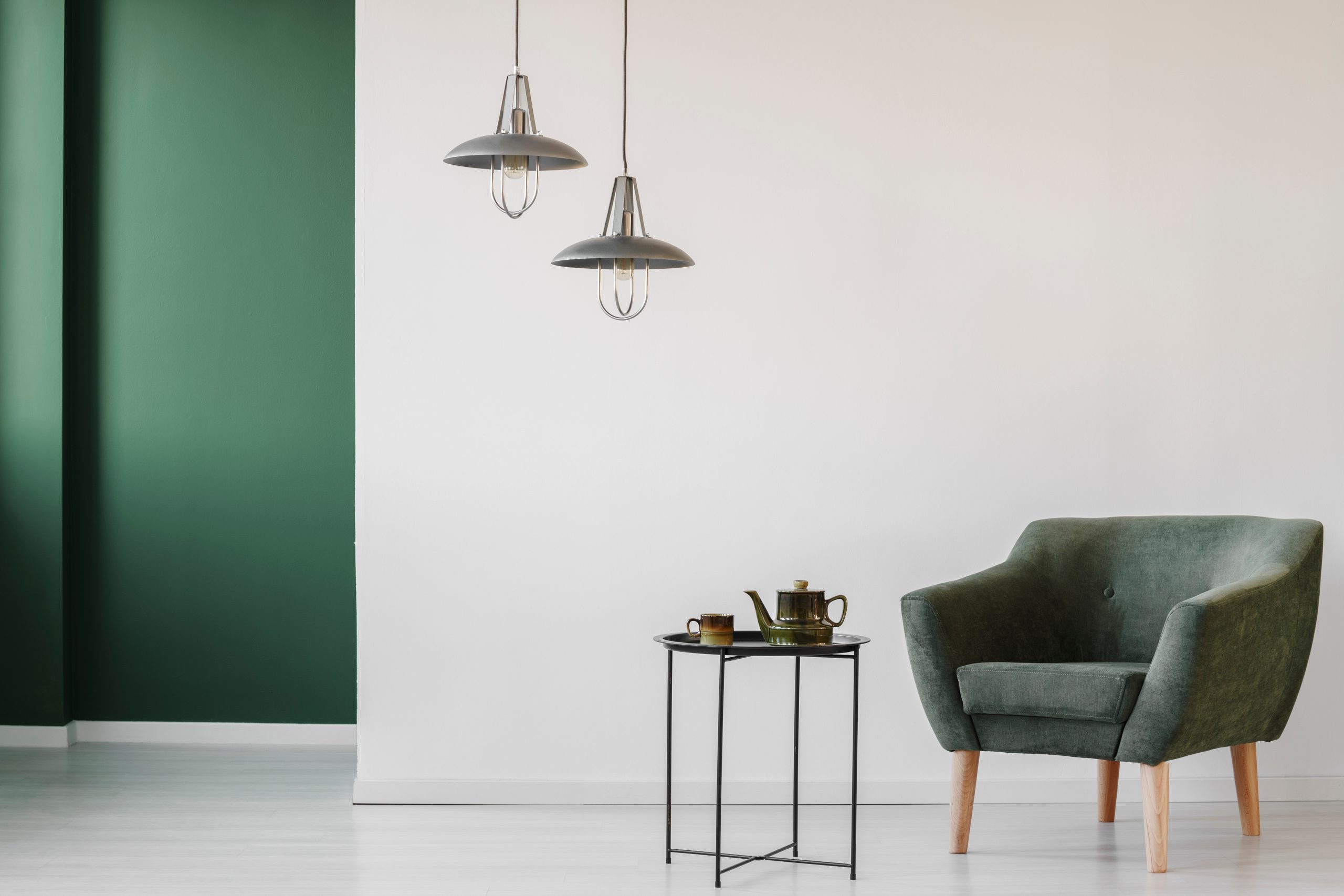
Modular living has had a definite impact on interior design and style in New York City. It beckons forth the days of minimalism, and its eco-friendly elements have a natural appeal.
When constructing a modular apartment complex, the units exist as individual blocks—to be stacked one after the other. This production and overall look is now growing in popularity. With its customizable capabilities, modular houses stand apart from manufactured or mobile options. Their cookie-cutter design doesn’t need to be identical down to a tee. Property owners can request certain distinctions to make their homes or complexes stand out.
Decorating the interior of a modular apartment is influencing our current perception of design. As there are not many wires or piping visible in the home, it frees up space for creativity—allowing an owner to expand on their minimalistic (or extravagant) sensibilities.
In a lot of modular homes, furniture is pre-attached to the walls during production. This usually means ‘floating’ sinks and toilets, amongst other appliances. With this look in mind, many have branched out from their usual taste in decor.
Another way modular living has impacted design is the small debate it’s sparked. Should modular homes imitate what’s expected—or should they intentionally stand out?
Modular living has posed a lot of questions about the face of modern architecture. Its innovation is rising in popularity–and its influence is evident.
Modular Furniture
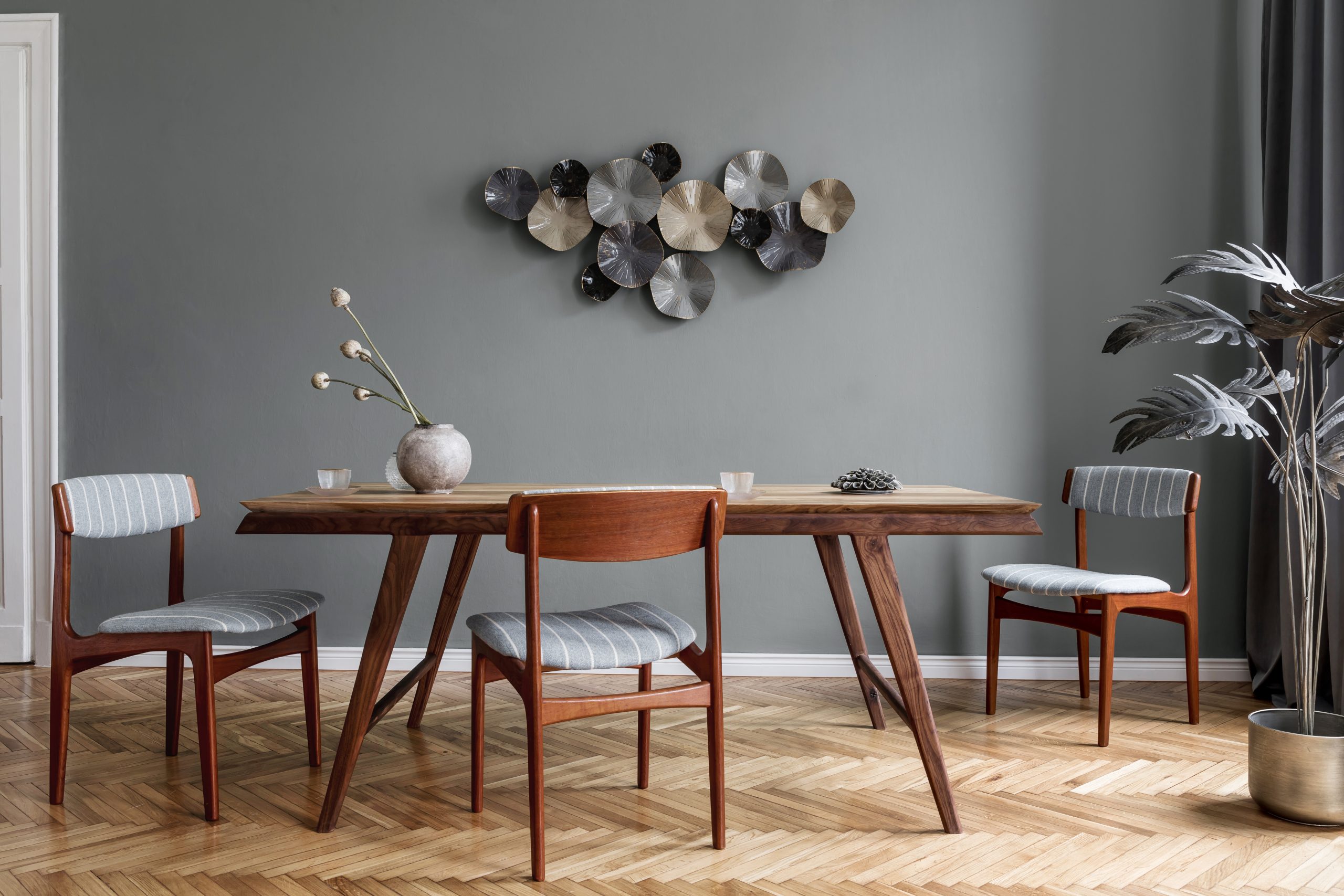
Modular living is not exclusive to the very construction of homes and apartments. Modular furniture, built with the same concept in mind, is growing increasingly popular.
Modular furniture is built for immediate use, with identical parts easy to replace following time’s typical wear and tear. It eliminates the hassle of constructing your piece, as well as the worry of having to purchase an entirely new couch or shelf when anything breaks. In some modular furniture the items can be reassembled and transformed, changing their shape or purpose in the home.
This has changed the very notion of design by promoting creativity–and encouraging residents to constantly re-imagine their home. Simply changing your sofa’s location and shape can make a familiar space feel oh-so-new.
Everyone enjoys owning great furniture, but no one enjoys the process of assembly. Modular furniture is changing style and design with pieces meant for immediate use; meant for convenience above everything.
Here is Crate & Barrel’s current modular furniture collection, as well as a video on modular sofas.
- Categories:
